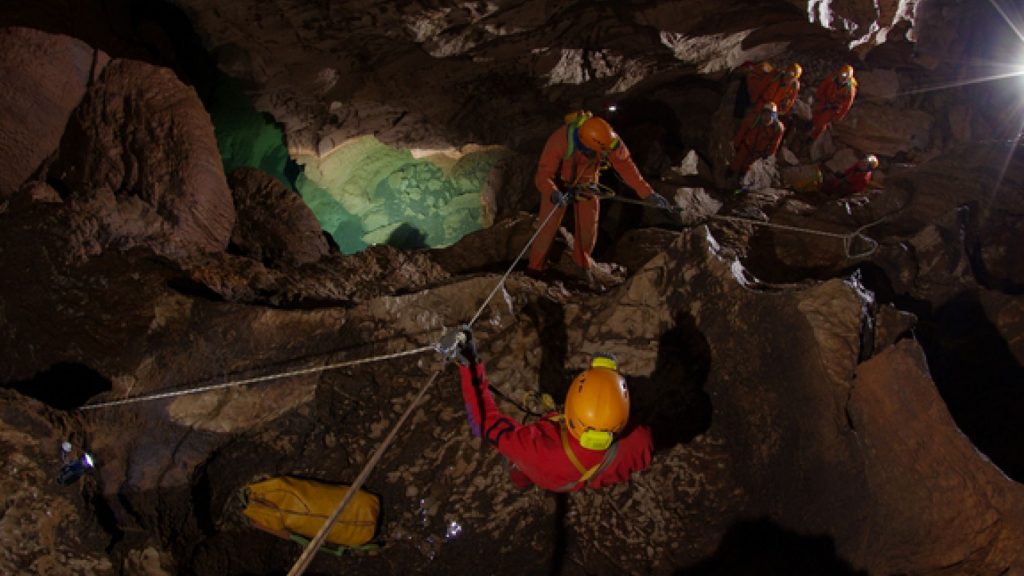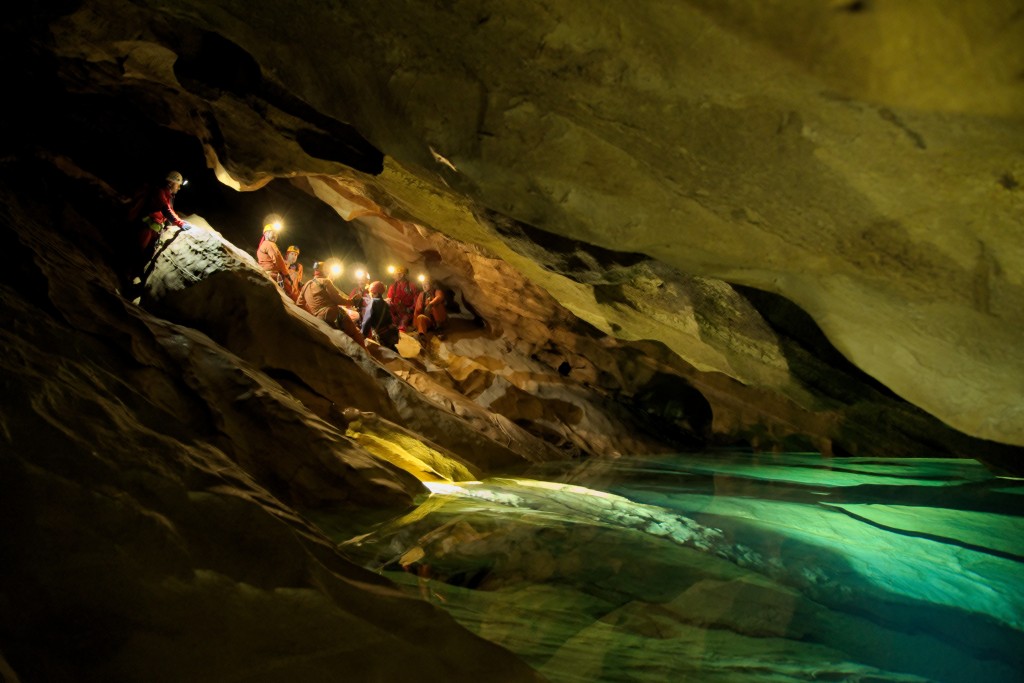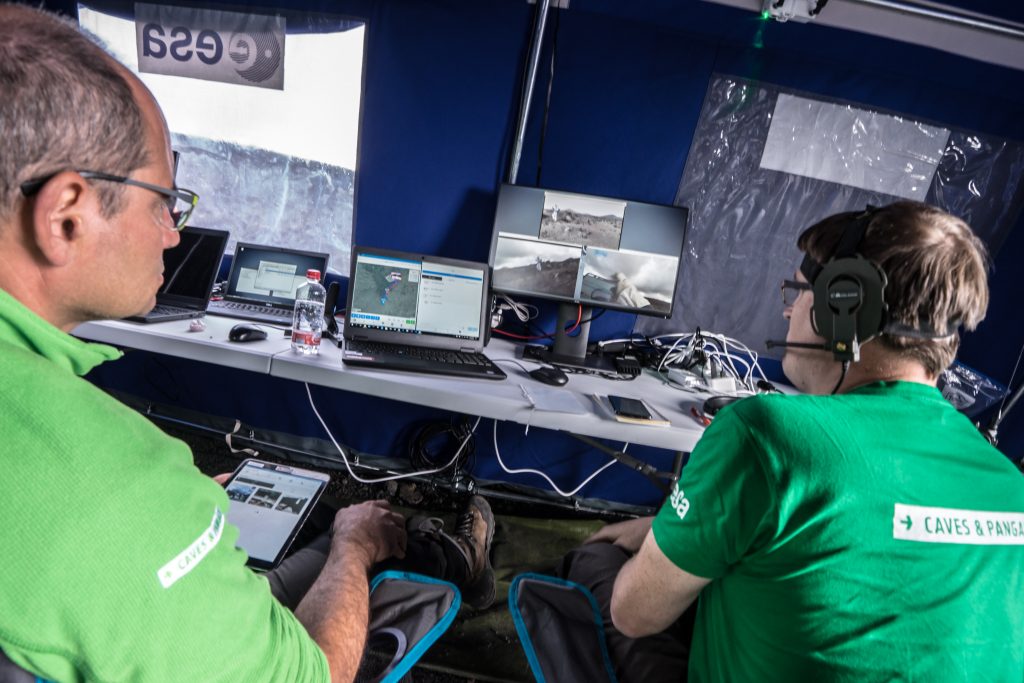Six astronauts, five space agencies and a fresh start into underground worlds to help prepare for living on other planets. ESA’s latest training adventure will equip an international crew with skills to explore uncharted terrains on the Moon and Mars, this time with a focus on the search for water.
The CAVES training course takes astronauts to the depths of Earth to improve their communication, problem-solving and teamwork skills.
After a week of preparations above and underground, the ‘cavenauts’ are set to explore a cave in Slovenia where they will live and work for six days.
“It is all part of a simulation, but the experience is the closest you can get on this planet to the environmental, psychological and logistics constraints of a space mission,” explains course designer Loredana Bessone.
“The training involves real science, real operations and real astronauts with the best speleologists in the field,” she adds.
The six cavenauts of this edition of CAVES are ESA astronaut Alexander Gerst, NASA astronauts Joe Acaba and Jeanette Epps, Roscosmos’ cosmonaut Nikolai Chub, Canadian Space Agency astronaut Josh Kutryk and Japan’s Takuya Onishi.
“This new space-caving adventure helps them to learn from each other, from themselves and from the cave, which always humbles you with its enclosing spaces and darkness,” says CAVES technical course director Francesco Sauro.
The training starts today, and the cavenauts will begin their descent into the dark to set up a base camp on 20 September.
Supported by a team of instructors and safety personnel, the six explorers will take their own decisions and work autonomously, isolated from the outside world and coping with communication delays.
Follow the water
Underground exploration means following air and water flows as telltale signals of new paths ahead. The crew will learn how to trace water – the main link with life on Earth and a precious resource in space exploration.
Caves are normally made by running waters. ESA picked a cave for this edition in an area where rivers flow underground. To keep the element of exploration, astronauts themselves do not know the exact location.
This entrance to the underground is called ‘Lepa Jama’ – meaning ‘Beautiful Cave’ in Slovenian. “The cave is a labyrinth of passages mostly unexplored and rich in indigenous species,” says Francesco.
“This Karst area is one of Europe’s natural wonders and where speleology was actually born,” says Franci Gabrovšek, professor at the Karst Research Institute ZRC SAZU in Slovenia.
“The genesis of caves, mysterious groundwater flow and subterranean life still pose numerous scientific questions. Astronauts could help us answer them,” adds Franci.
What lies beneath – science and technology
Inhospitable and hard to access, caves are almost untouched worlds and ideal traps for scientific evidence. Astronauts will carry out a dozen of experiments and will be on the lookout for signs of life that have adapted to the extremes.
“We are really hoping to find new species again,” says Loredana recalling the discovery of the crustacean Alpioniscus Sideralis during the second CAVES edition in 2012.
Monitoring the presence of ‘microplastics’ will be part of the science programme. These millimetric plastics can end up in the food chain and raise concerns for the environment and human health.
The astronauts will use with an upgraded version of the Electronic Field Book. This all-in-one, easy-to-use platform will allow them to deliver science and video logs while checking procedures and cue cards on a tablet.
Above the ground, mission control will track their progress with a 3D map generated on the app as they explore the cave. Scientists can locate the astronauts’ scientific observations paired with pictures, and send their comments back to the cave.
“It is augmented science. This technology saves crew and ground teams time and helps improve the scientific return of the mission,” says Loredana.
As all space agencies prepare for Moon exploration, “ESA is taking the lead in subsurface expeditions to shape future missions exploring lunar caves,” she assures. Ideas on how to detect, map and explore caves on the Moon are welcome.




Discussion: one comment
This is a very nice blog for students and teachers I just love it 🙂